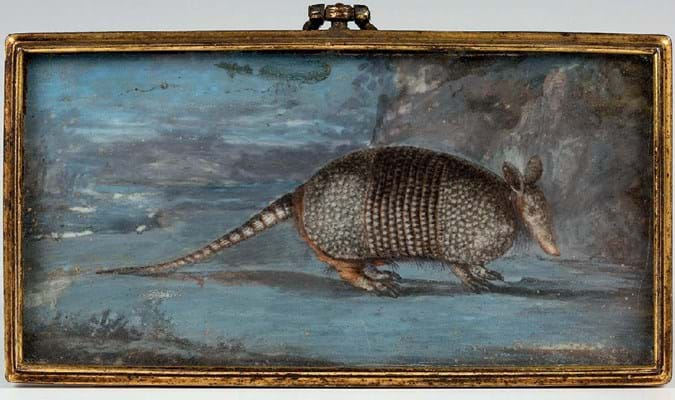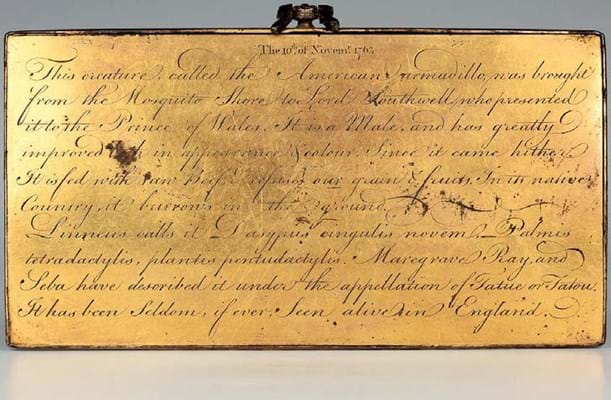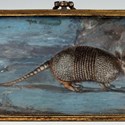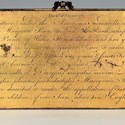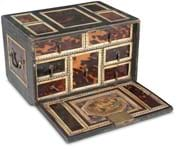The subject is an armadillo with an extensive inscription to the reverse, dated November 10, 1763, explaining the animal had been brought from the Mosquito Shore to Lord Southwell who presented it to the Prince of Wales.
While the armadillo had been known to European zoologists since the time of the Conquistadors, this specimen was thought to be the first to make it from modern-day Nicaragua to England alive.
The inscription adds that its colour had improved significantly after as its new keepers were feeding the 8lb male raw beef as it refuses British grain and fruits and observes that within its native country, it burrows in the ground.
References are also made to some of the best known zoologists and naturalists of the 17th century – John Ray (1627-1705), Albertus Seba (1665-1736) and Georg Marcgrave (1610-1644), author of Historia Naturalis Brasiliae.
The writer also records that the contemporary Swedish botanist Carl Linnaeus (1707-78), who formalised the modern system of naming organisms, had recently named the species dasypus cingulis novem.
The scarce Georgian curiosity sold at £1700 on June 13.


